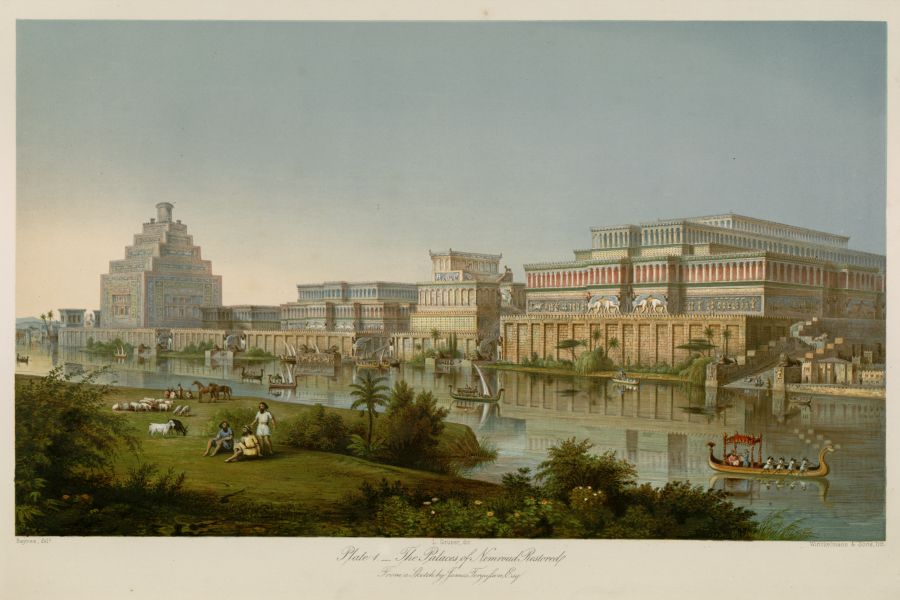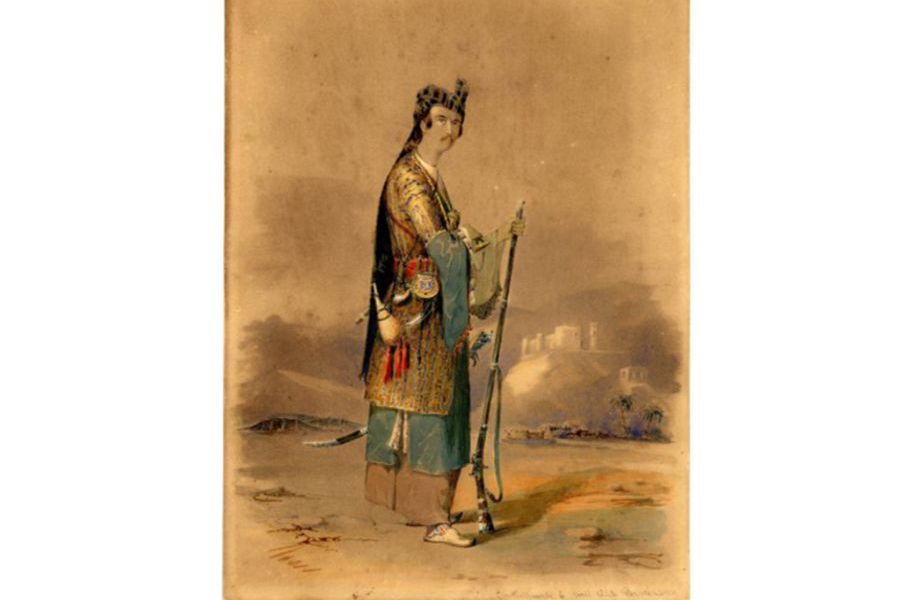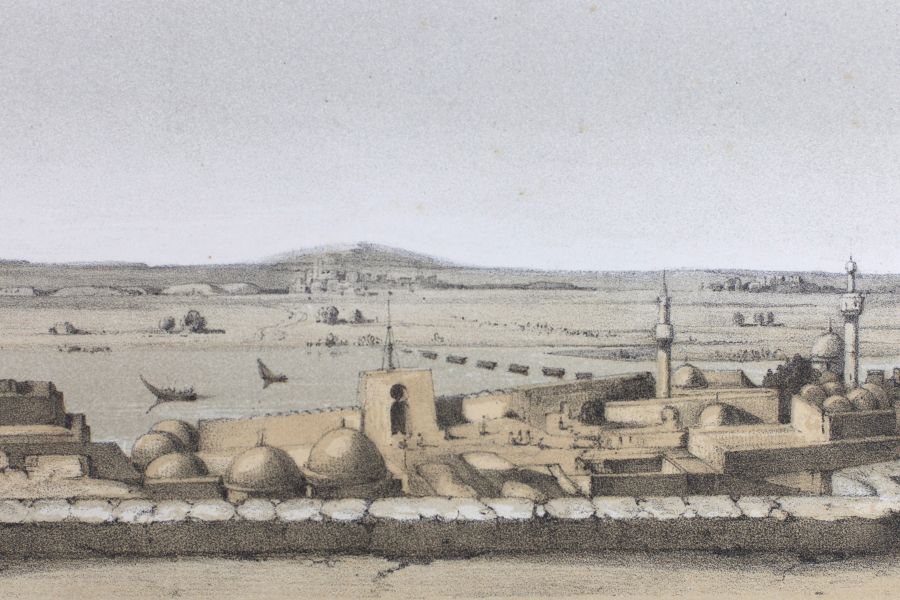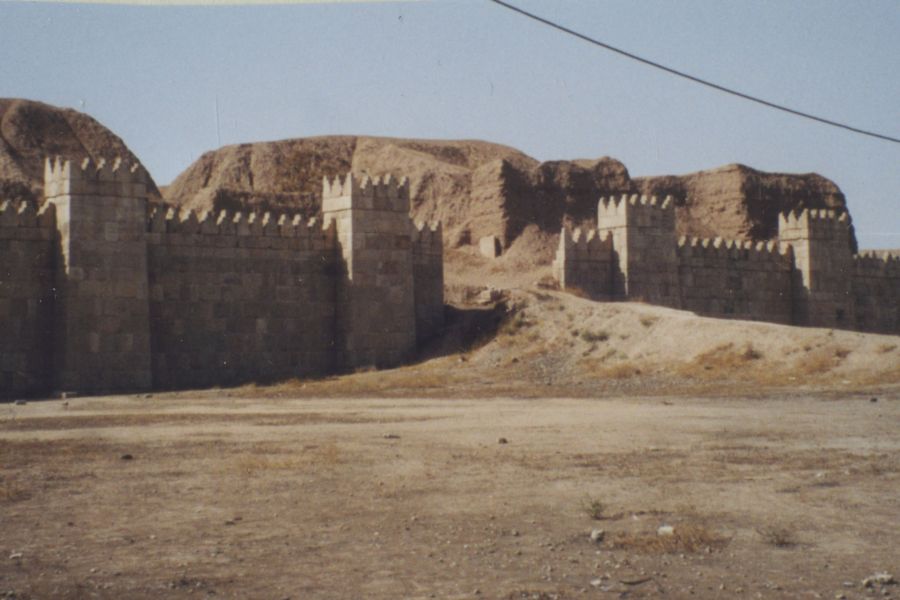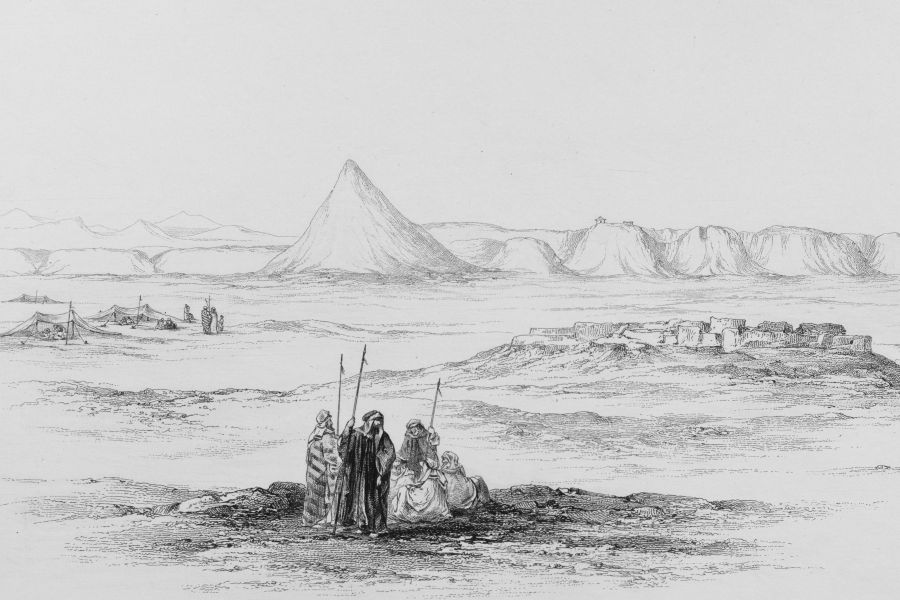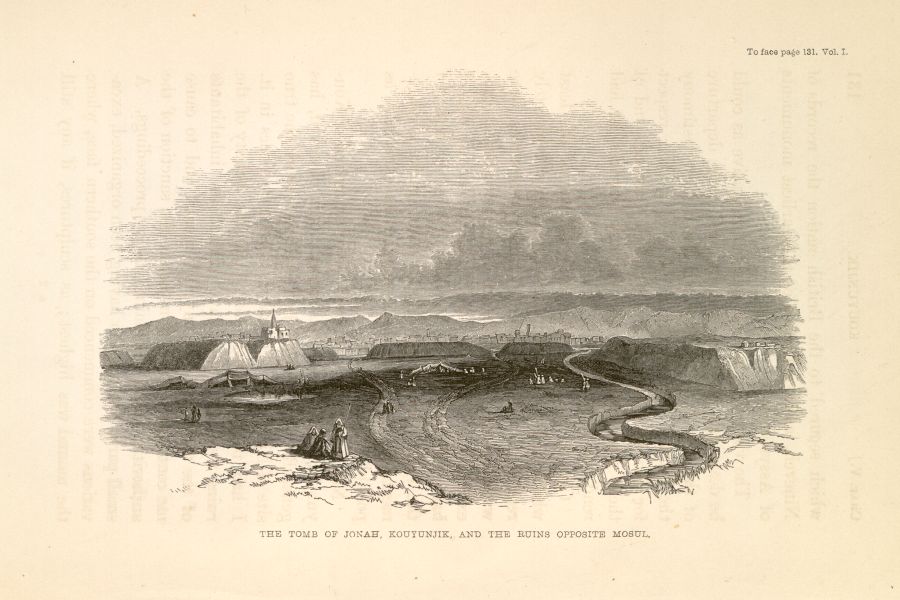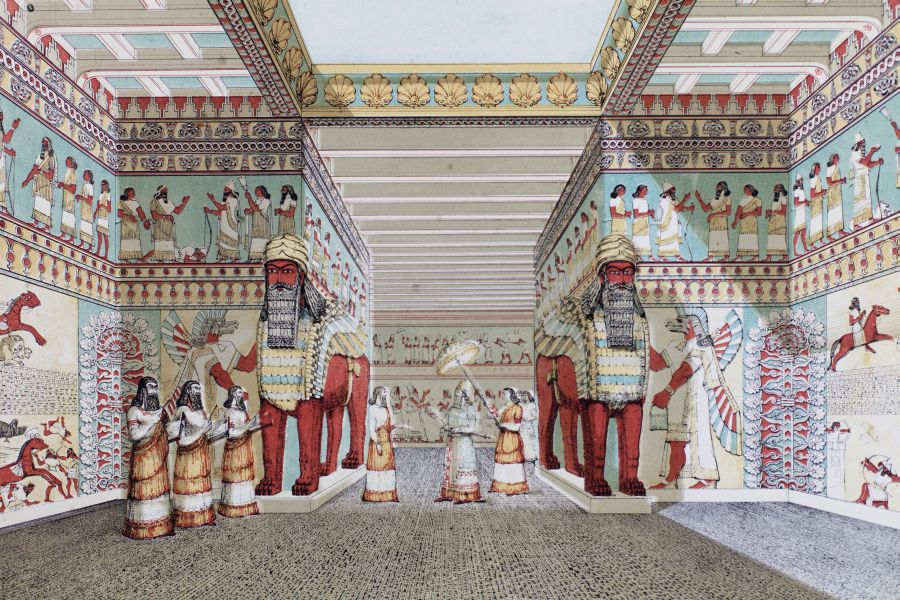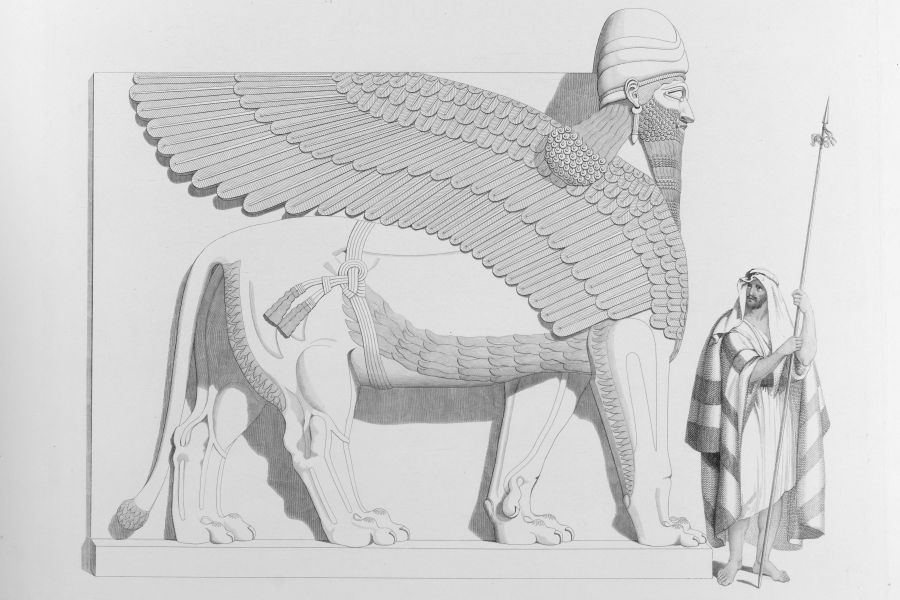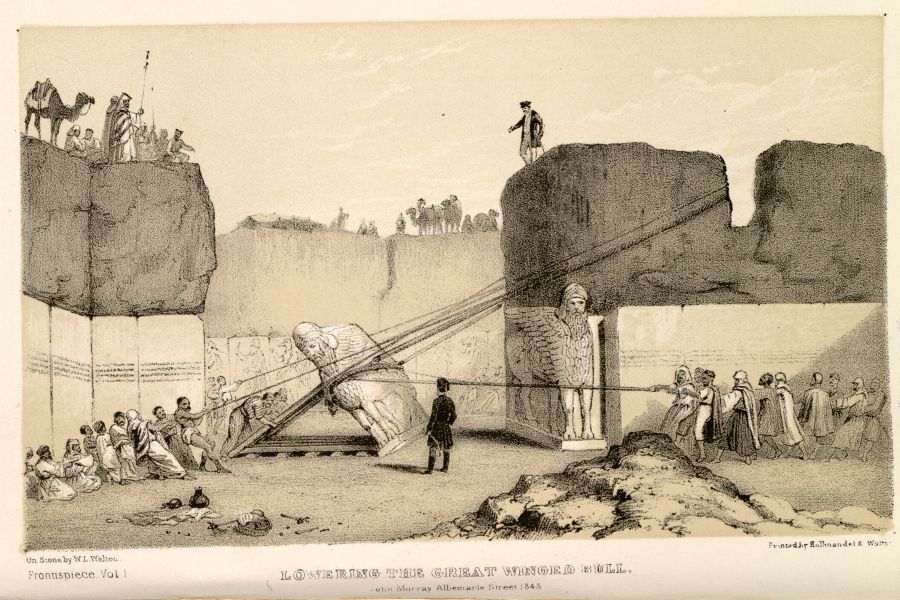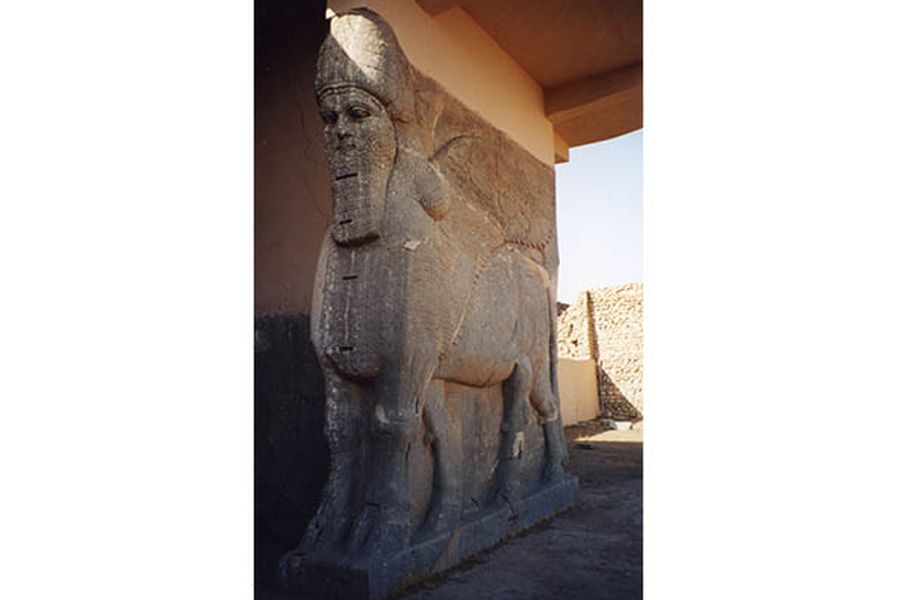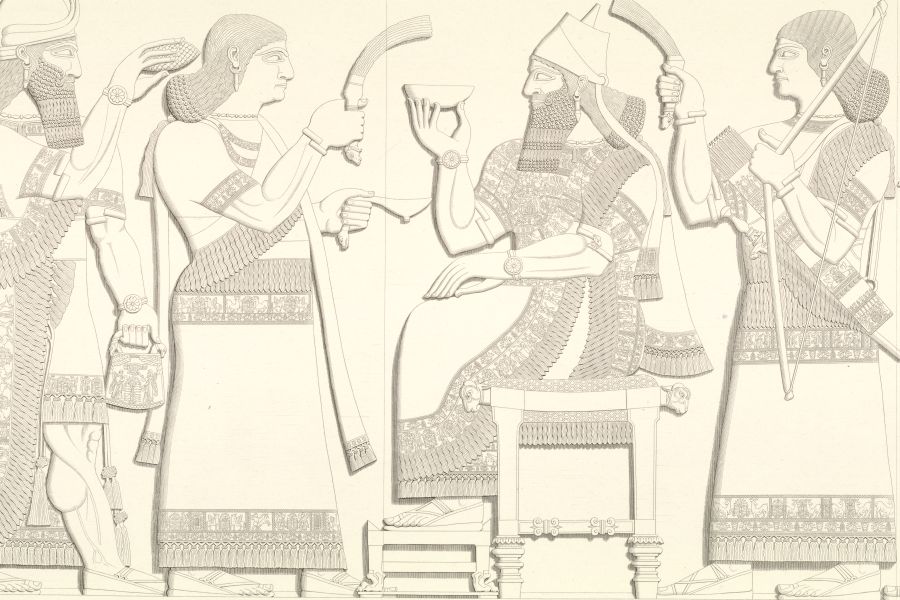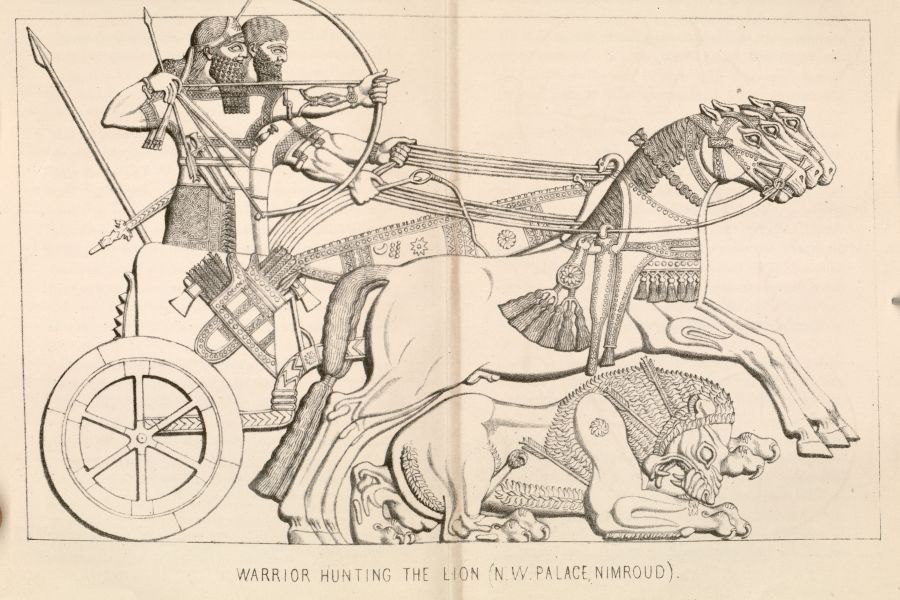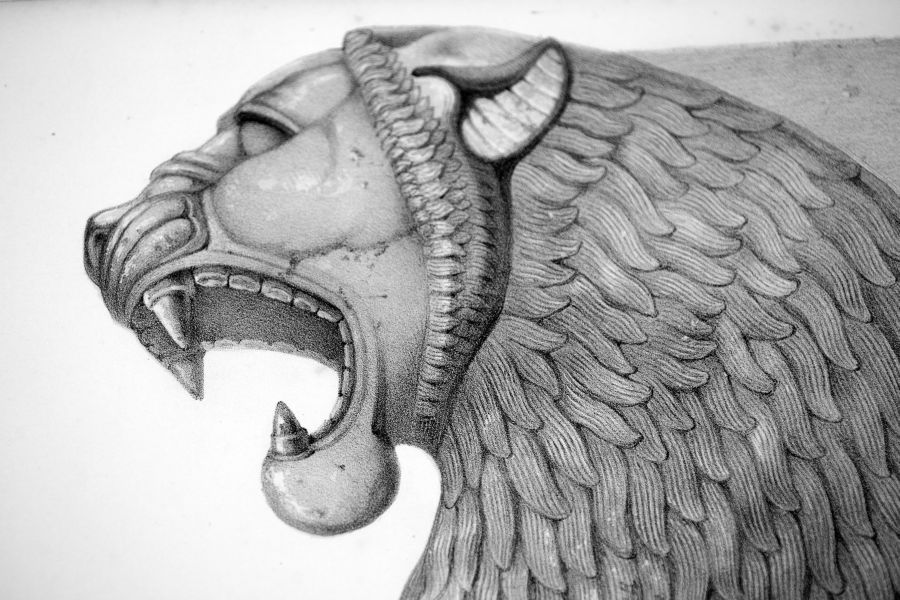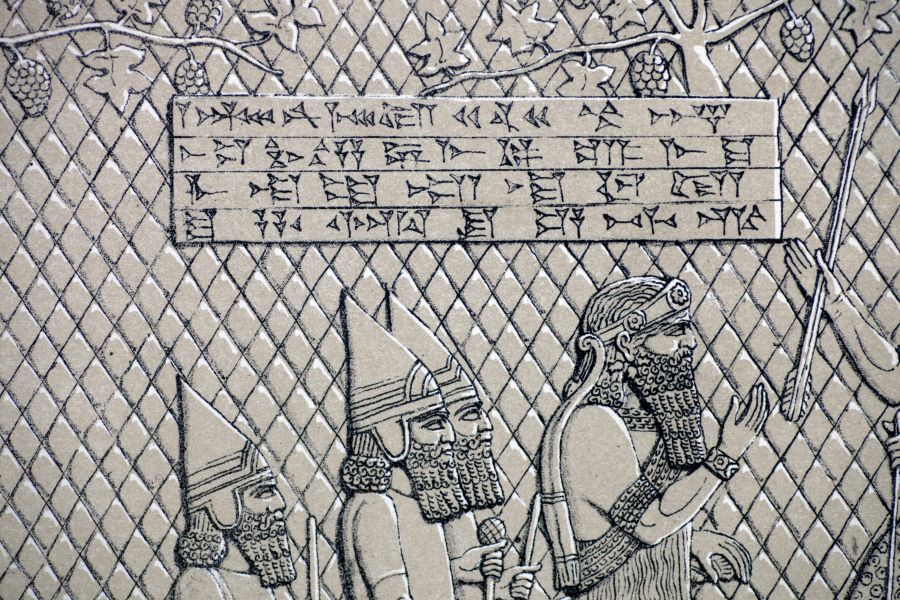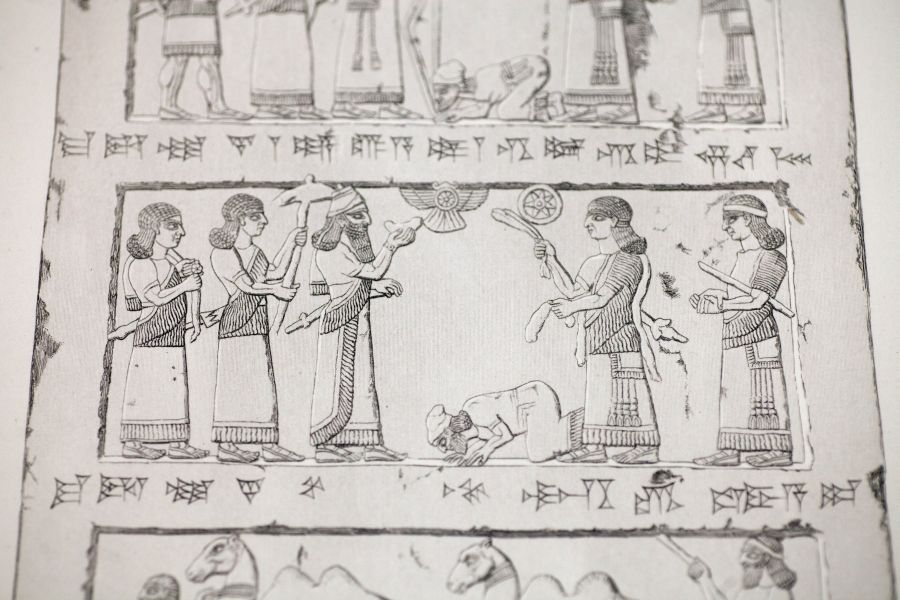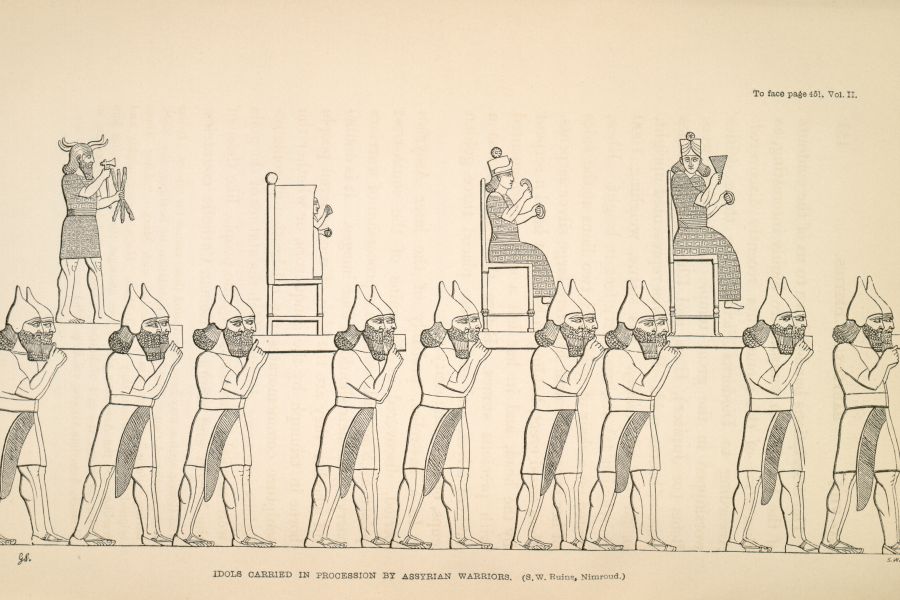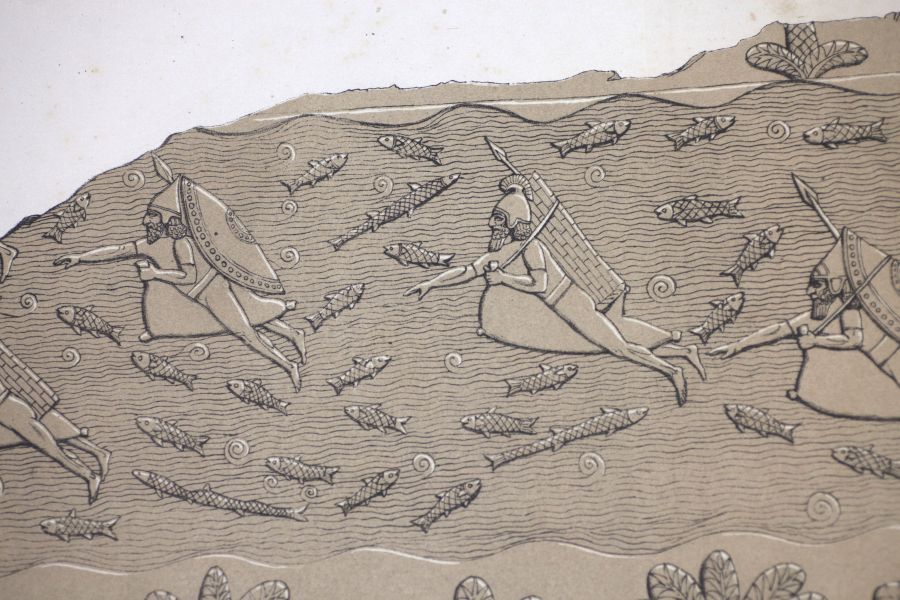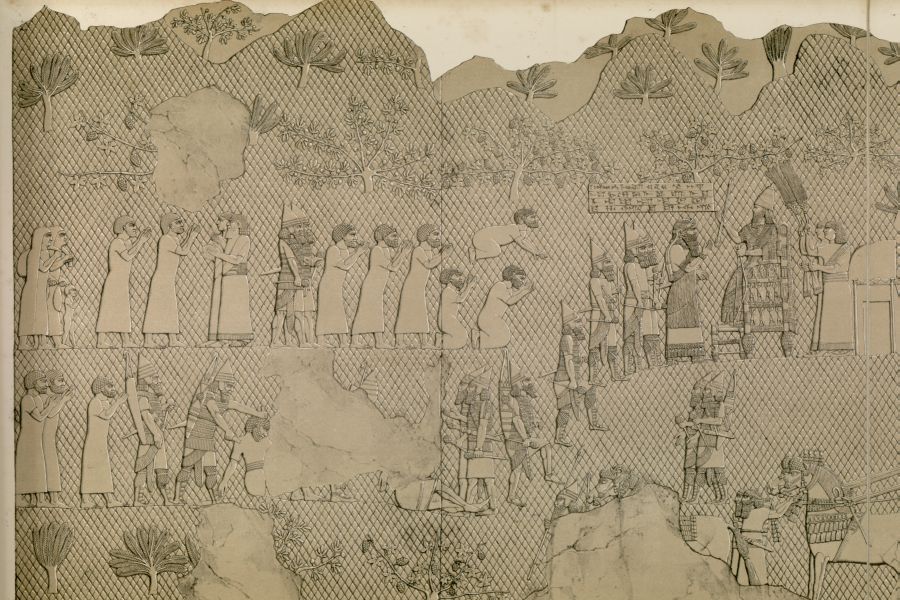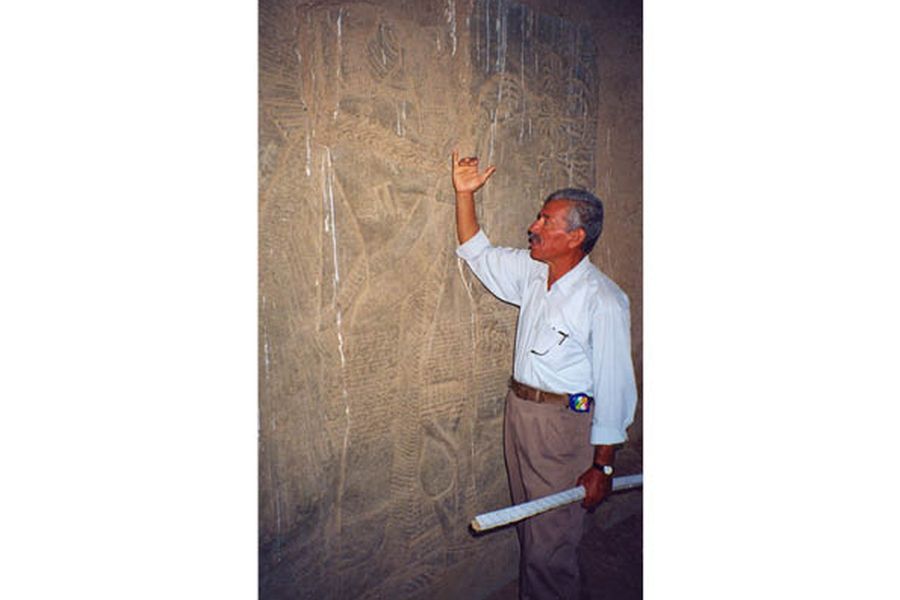Lost forever - online exhibition - UB

Lost forever
In March 2015 Islamic State destroyed remains of the Assyrian cities Nineveh and Nimrud in northern Iraq. Sculptures and other images were smashed or cut to pieces, large artefacts and walls where destroyed by bulldozers.
Nineveh was the capital of the mighty Assyrian Empire (ca. 1350-612 BC). Nimrud was the royal residence of the kings Ashurnasirpal and his son Shalmaneser III. 612 BC these cities were destroyed, abandoned and largely forgotten. However, the remains were re-discovered by French and British archaeologists in the19th century. A young English adventurer, Austen Henry Layard, excavated the two sites 1845-1851. The sculptures and reliefs that he sent to the British Museum caused a sensation as they constituted a first glimpse of a civilization known from the Bible, but forgotten for 2,500 years. Layard's books, 'Nineveh and its Remains' from 1849, and 'Discoveries in the Ruins of Nineveh and Babylon' from 1853, became bestsellers. These books, as well as two folio volumes, 'Monuments of Nineveh' are housed in the NTNU Gunnerus Library and NTNU Dora Library. They are important sources for the cultural heritage which is now destroyed. This online exhibition shows selected illustrations from Layard's books, as well as a few photos from a private tour to the archaeological sites.
References:
- Austen Henry Layard. A Second Series of the Monuments of Nineveh: includingservers bas-reliefs from the palace of Sennacherib and Bronzes from the Ruins of Nimroud: from drawings made on the spot, during a Second Expedition to Assyria. London, John Murray, 1853. (Layard 1853)
- Austen Henry Layard. The Monuments of Nineveh, from drawings made on the spot. London, John Murray, 1849. (Layard 1849a)
- Austen Henry Layard. Nineveh and its Remains, vol 1-2. London, John Murray, 1849. (Layard 1849b)
This online exhibition is made by: Lise Bender Jørgensen and Inger Langø (December 2015). Pictures by: Nils Kristian Eikeland, Ingunn Østgaard and Gyda Birkeland Rian.
